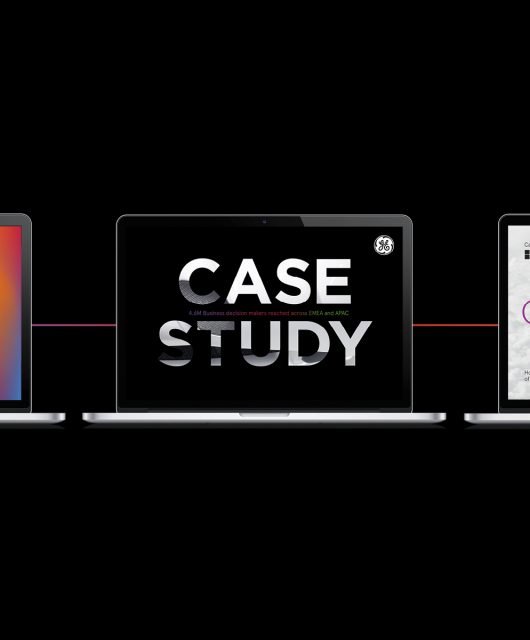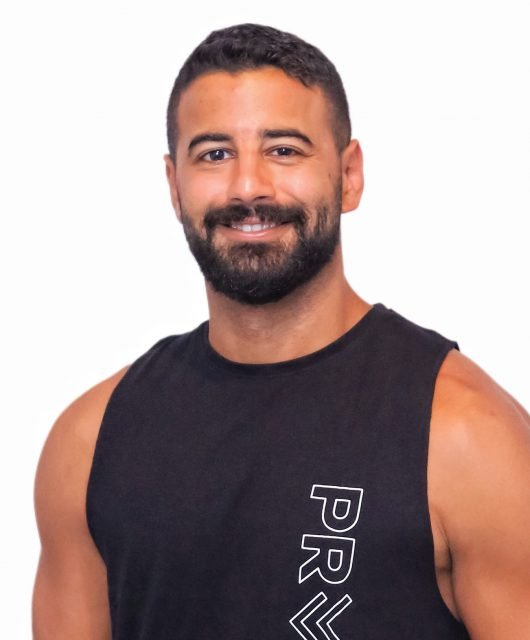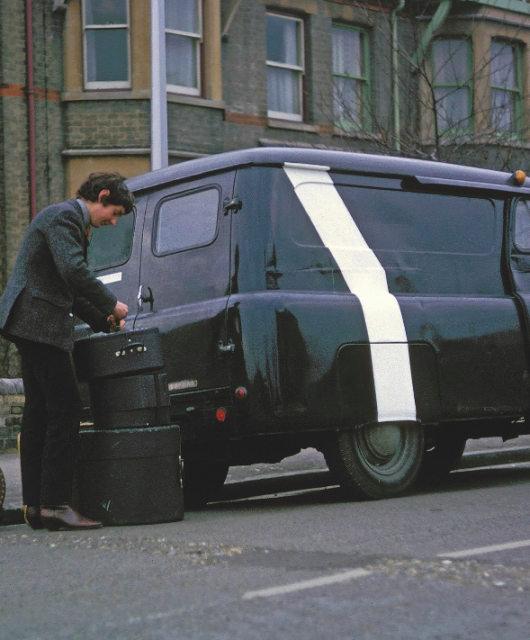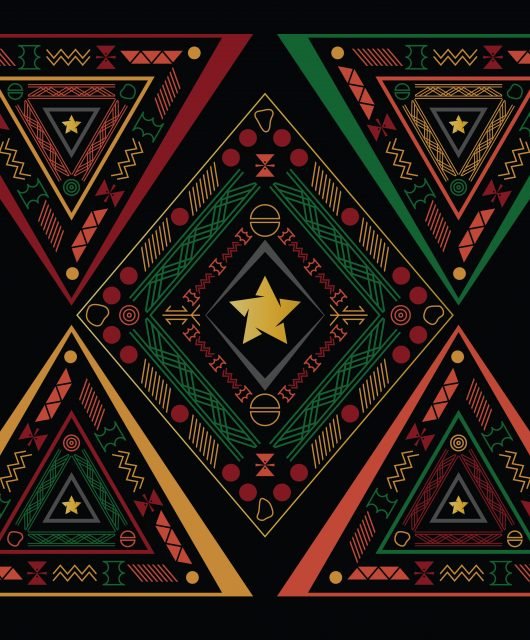Uncovering The Business Value of Design: Q&A With Jessica Walch
Design professionals sometimes find it challenging to assess the business worth of what they do and the ROI of their projects on the direct business needs of their clients. But what are the metrics that both designers and clients can rely on when critically evaluating cutting-edge design projects.
We’ve exclusively interviewed Jessica Walch, CEO and Creative Director of & Walsh, on how to leverage design to unlock greater business potential.
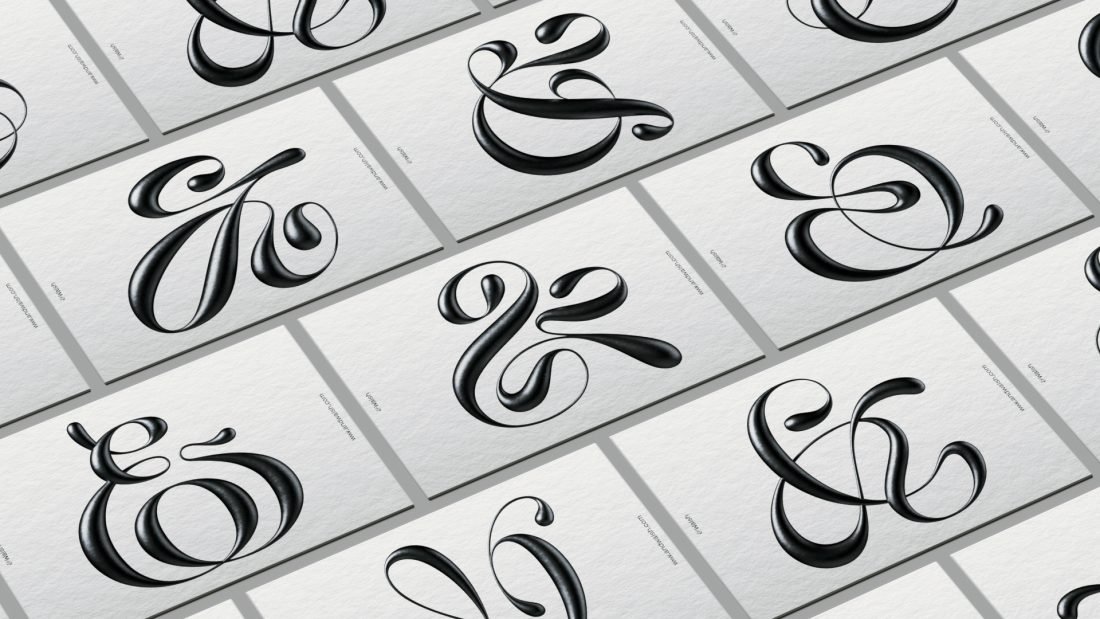
BB: A question that is as old as the industry. In a nutshell, What is the value of design for Businesses?
JW: First, I believe that the content is the most important part of a brands image. That means the product or service or organization itself usually leaves the largest impression on a consumer’s mind of the brand. If you put great packaging on a shitty product, you’re only going to go so far. With that said, if the product is already good, good design can make a product experience great, and enhance the experience for all involved. It can help sell more products, increase awareness of a brand, build brand loyalty, tell stories, and make emotional connections with consumers.
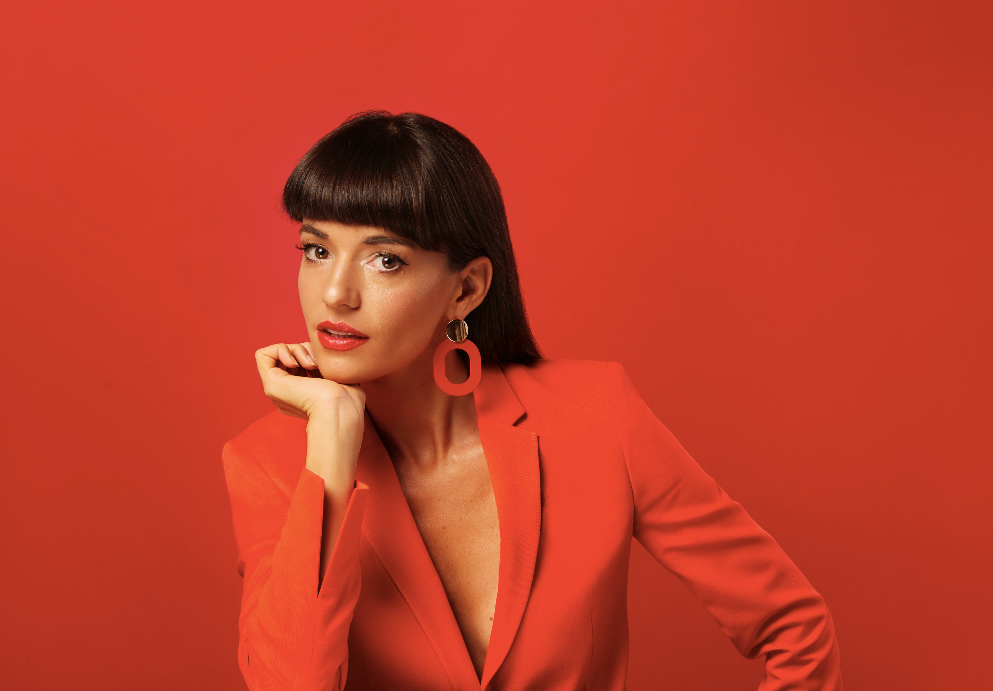
BB: From & Walsh’s brand book, what are the key metrics that can help brands assess the effectiveness of a design project in terms of tangible business results ?
JW: This changes based on the reason for our engagement on the branding or campaign in the first place. During our on-boarding phase we do a strategy process to uncover these motivations and make sure all the stakeholders are aligned on the goals for the project. Sometimes just asking simple questions such as “why rebrand?” or “why do this campaign?” can reveal so much interesting information. We go much deeper than that in our strategy, and we feel it’s imperative for the success of our work.
Success can be external, but some metrics we often align to are internal. See below for some metrics that often come up.
- A shift in the way the brand is perceived
- An increase in awareness of the brand
- Brand loyalty
- A lift in sales
- A change in employee or team morale
- Ease of brand use across different brand facets (how well does the system work!)
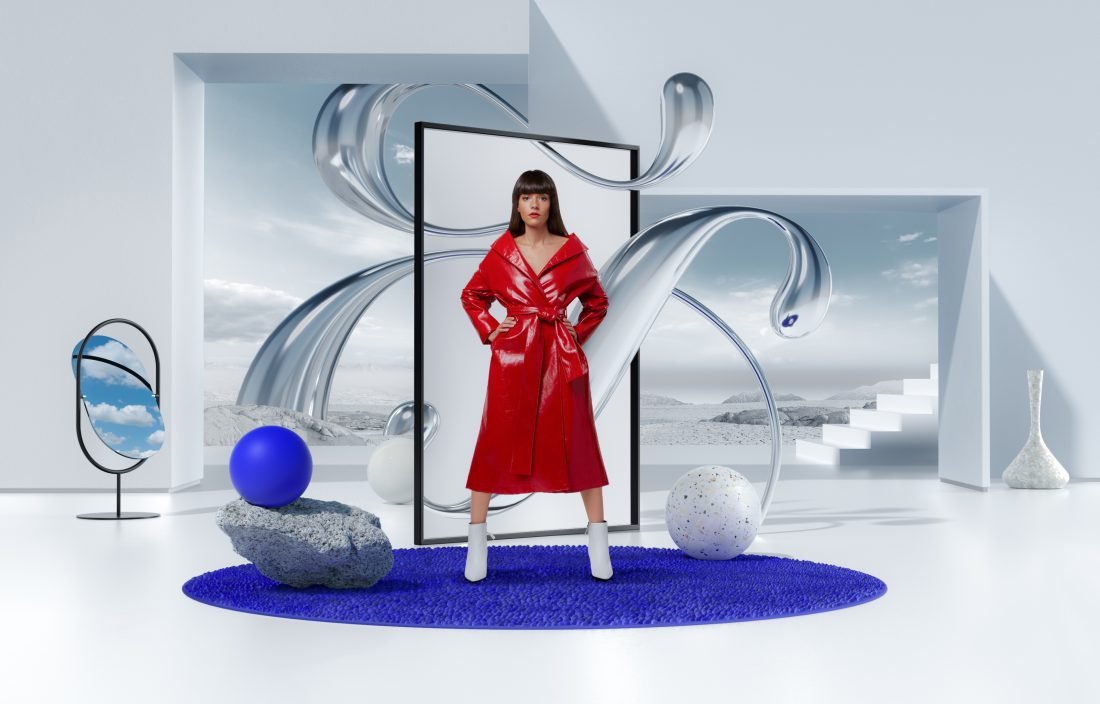
BB: Two of the terms that design people get frequently confused between, are “Human-centered design and user experience design”. What are the fundamental differences between them ?
JW: Though I couldn’t care less about titles for framework such as “human-centered design”, or other buzzwords, the ideas behind human centered thinking is central to everything we do. How could one not consider the human at every step of the process when designing something for a human. We believe in taking great risks and always pushing for unexpected work but always rooting our concepts in a solution to a human problem/need.
For those not up to speed on the buzzwords: Human-centred design is not exclusive to any one discipline. User experience design is just one practice in this approach. User experience design involves the interface between humans and technology and designing of multisensory experiences.
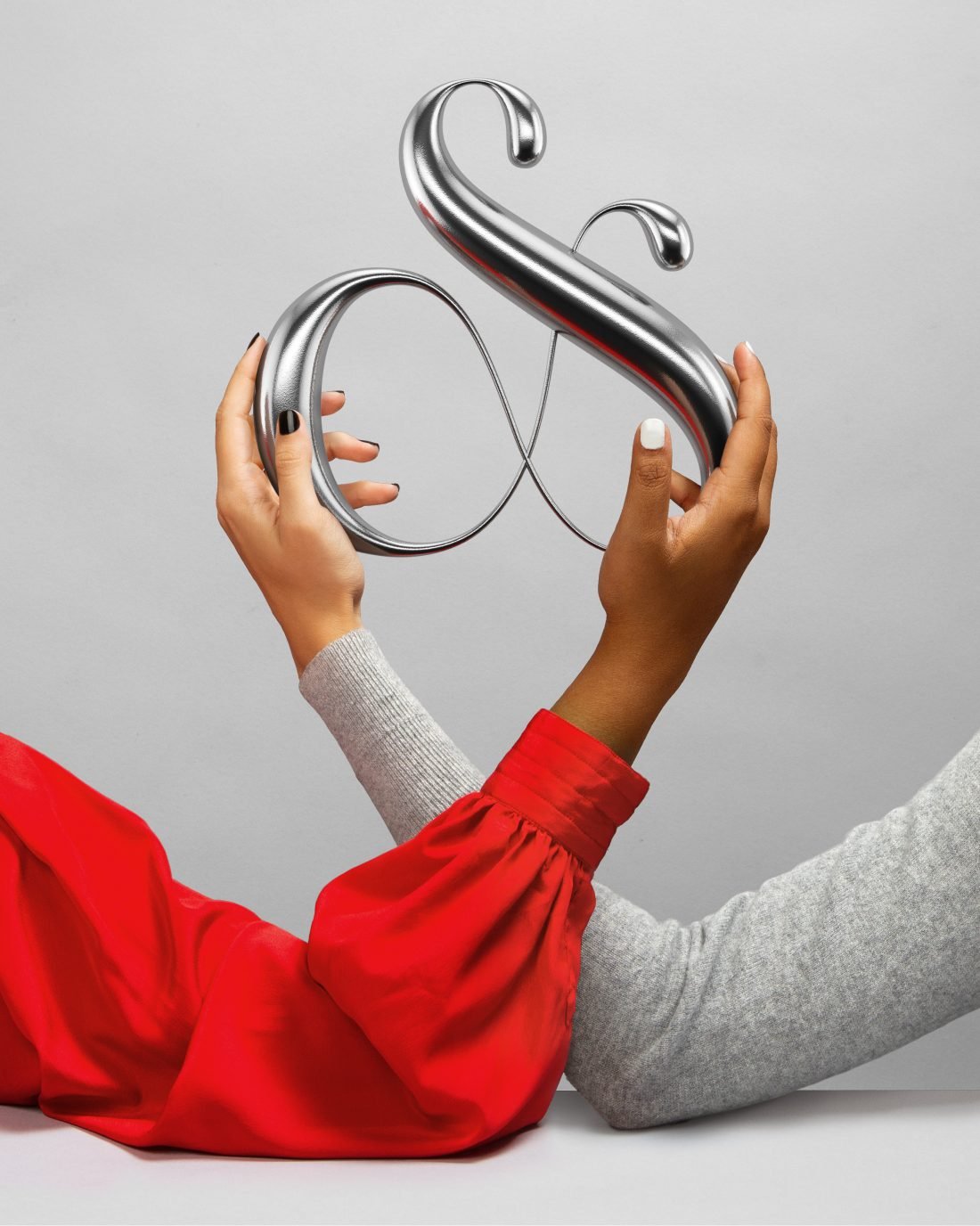
BB: Can you cite examples from global brands where design was able to effectively address business problems ?
JW: A few years ago we created the visual language, campaigns & TVC’s a mango juice in India called Frooti. They wanted to do something disruptive in the marketplace to raise awareness of the brand, and increase sales. Looking at the advertising landscape, we saw that much of the advertising in India was dense typography or very commercial looking imagery. We found the use of extensive written language odd, considering our client told us about the difficulty in India using language in marketing. Different regions have different dialects of Hindi, making it difficult to adapt ads and humor across the regions.
We used design to create a very graphic & color visual language that used humor without any text/copy. Our TVC also used universal humor and can be understood by anyone regardless of language. The campaigns have been wildly successful, in part because the visual design language was so new in the market. We raised overall brand perception and sales of Frooti grew by over 60%.
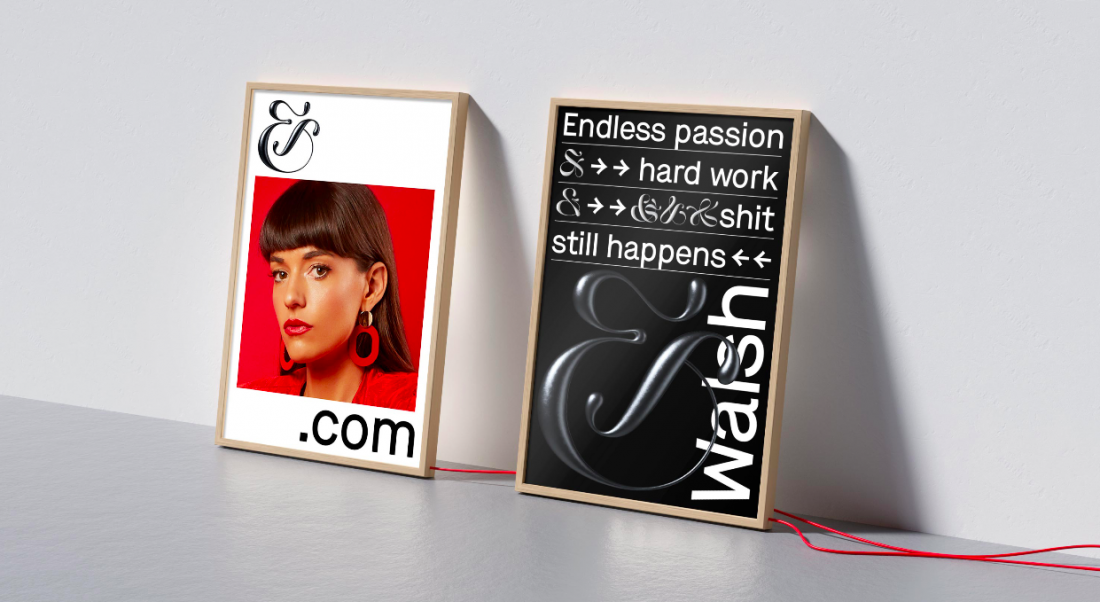
BB: One of the key determinants of the business value of design is decisions. There’re business-led decisions and design-led decisions. Design thinkers have always found it challenging to define the parameters of each. Please comment
JW: I don’t believe these two things should ever be separate. To make the right design decisions you need to understand the business context and to make the right business decisions, you need to understand the impact the design can have on it.
Many organizations have completely different departments for design and marketing which can leave a huge gap in the organization. Often you see specific business outcomes or decision, dictating design. This becomes obvious in the end product and often feels forced.
From an agency standpoint, working with brands, It takes business experience on the design side to see when this is happening and push back. Asking questions and being prepared with strategic design recommendations from initial briefing can make all the difference.


